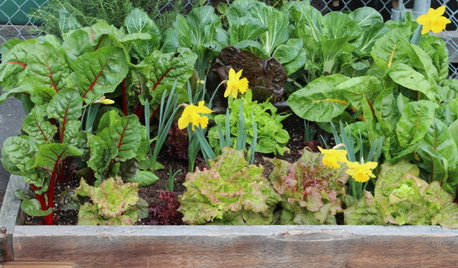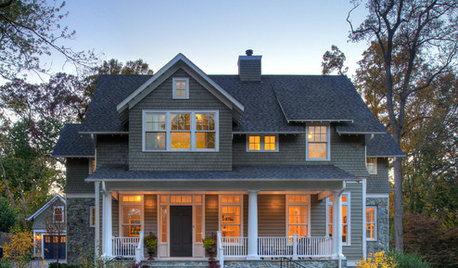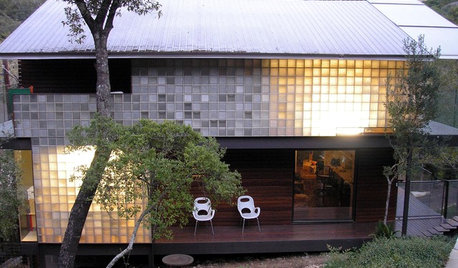Commercial Rooftop Grow Production
19 years ago
Related Stories

GARDENING GUIDESYes, You Can Grow Food in a Shady Yard
Your shady garden doesn’t have to be forever barren. Berries, herbs and other shade-loving plants can produce a delicious bounty
Full Story
FARM YOUR YARDGrow a Kitchen Garden in 16 Square Feet
Got a sunny 4-by-4 space? You can make meals more interesting with your own vegetables and herbs
Full Story
GREEN BUILDINGGreen Grows Up: The Many Faces of Today's LEED Homes
While LEED-certified homes have some common characteristics, the rest is up to your imagination
Full Story
SUMMER GARDENINGHow to Grow Basil
Bright color, quick growth and endless uses for cooking make this summer annual a winner in the garden or a pot
Full Story
REMODELING GUIDESGreat Material: Glass Block Grows Up
See how designers are using the humble glass block for privacy, pattern and light
Full Story
EDIBLE GARDENSSummer Crop: How to Grow Blueberries
Plant blueberries in spring or fall for garden beauty through three seasons — and a sweet superfood in summer
Full Story
HOUSEPLANTSHow to Grow Orchids Indoors
Orchids are the exotic aristocrats of the flower world and can make themselves comfortable in almost any home
Full Story
GARDENING GUIDESWhat Kind of Roses Should You Grow?
Want to add the beauty of roses to your garden? Find out which ones, from old-fashioned to modern, are right for you
Full Story
FARM YOUR YARDHow to Grow Vegetables in Containers
Get glorious vegetables and fruits on your patio with a pro’s guidance — including his personal recipe for potting mix
Full Story
EDIBLE GARDENSHow to Grow Your Own Peaches and Nectarines
Make gardening a little sweeter with these juicy fruits, which you can eat after plucking or preserve for later
Full StorySponsored
Leading Interior Designers in Columbus, Ohio & Ponte Vedra, Florida
More Discussions







markapp
baci
Related Professionals
Arlington Landscape Architects & Landscape Designers · Chattanooga Landscape Architects & Landscape Designers · San Juan Landscape Architects & Landscape Designers · East Patchogue Landscape Architects & Landscape Designers · Goodyear Landscape Contractors · Caldwell Landscape Contractors · Cedar Hill Landscape Contractors · Cliffside Park Landscape Contractors · Fairhope Landscape Contractors · Firestone Landscape Contractors · Huntley Landscape Contractors · Mission Viejo Landscape Contractors · Vacaville Landscape Contractors · Wethersfield Landscape Contractors · Clearfield Landscape Contractorswillardb3
Hydro_RocketOriginal Author
willardb3
markapp
adrianag
edurink
edurink
adrianag